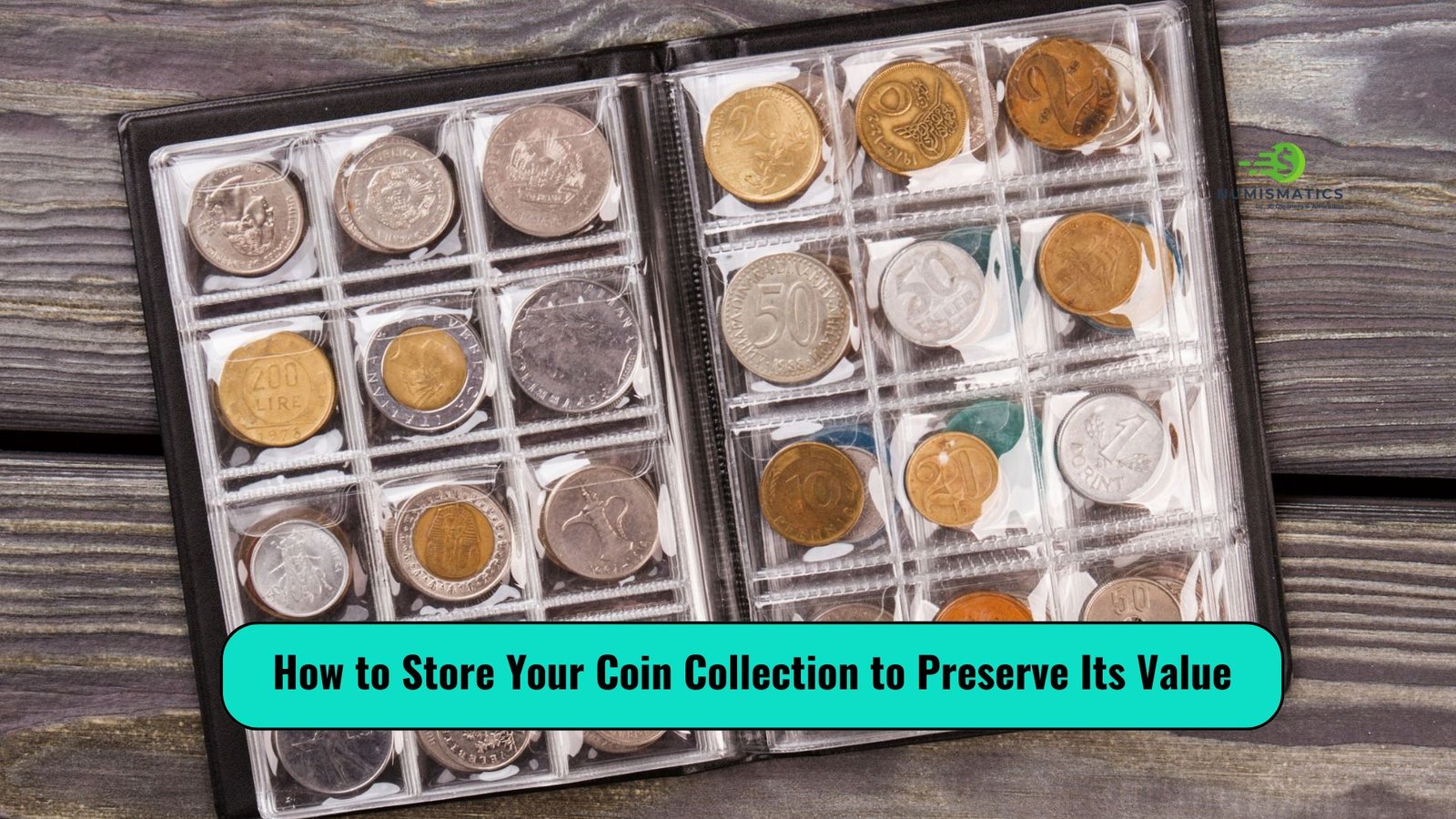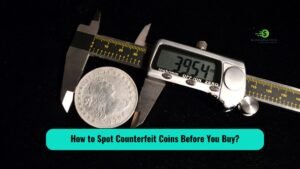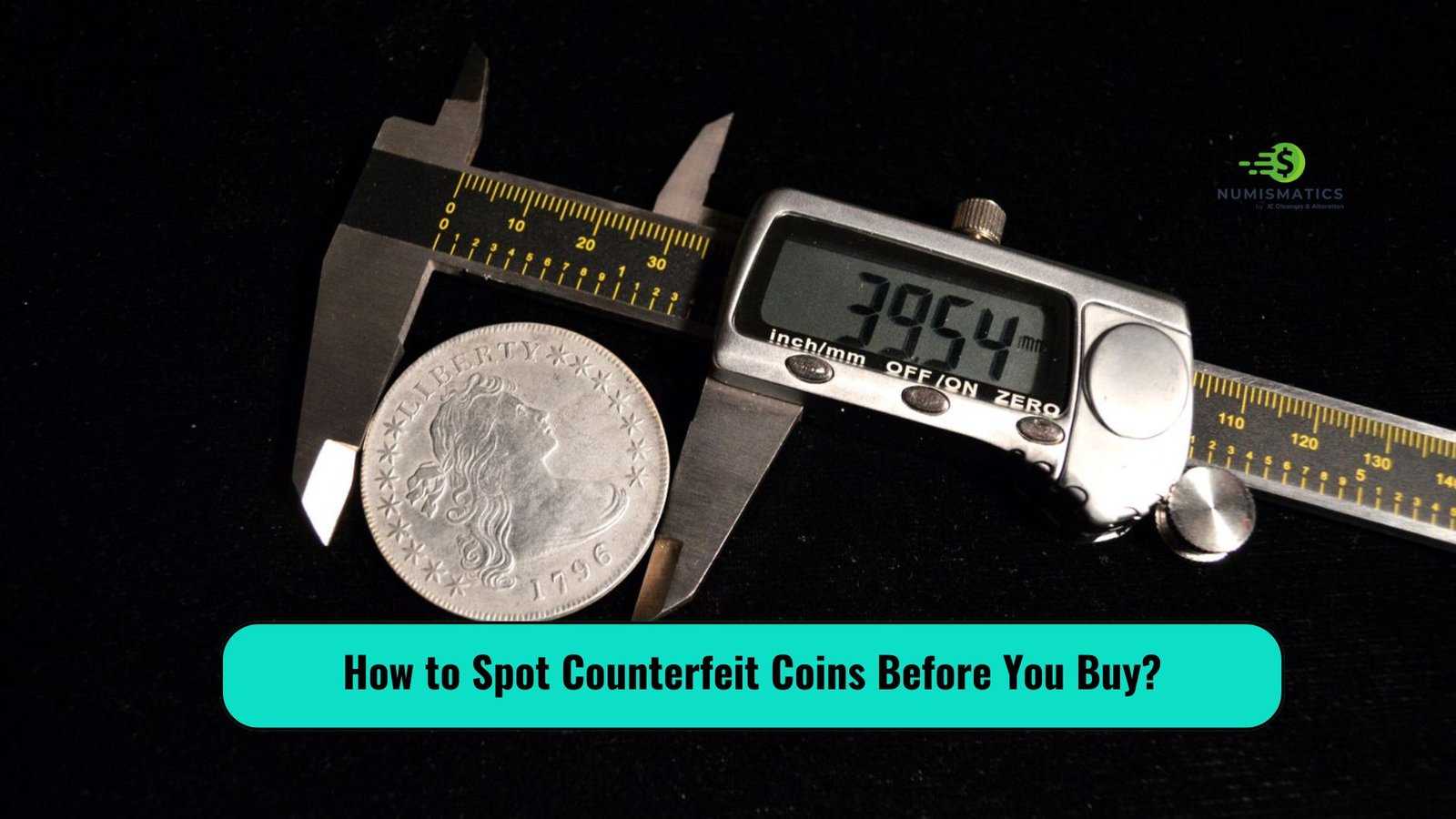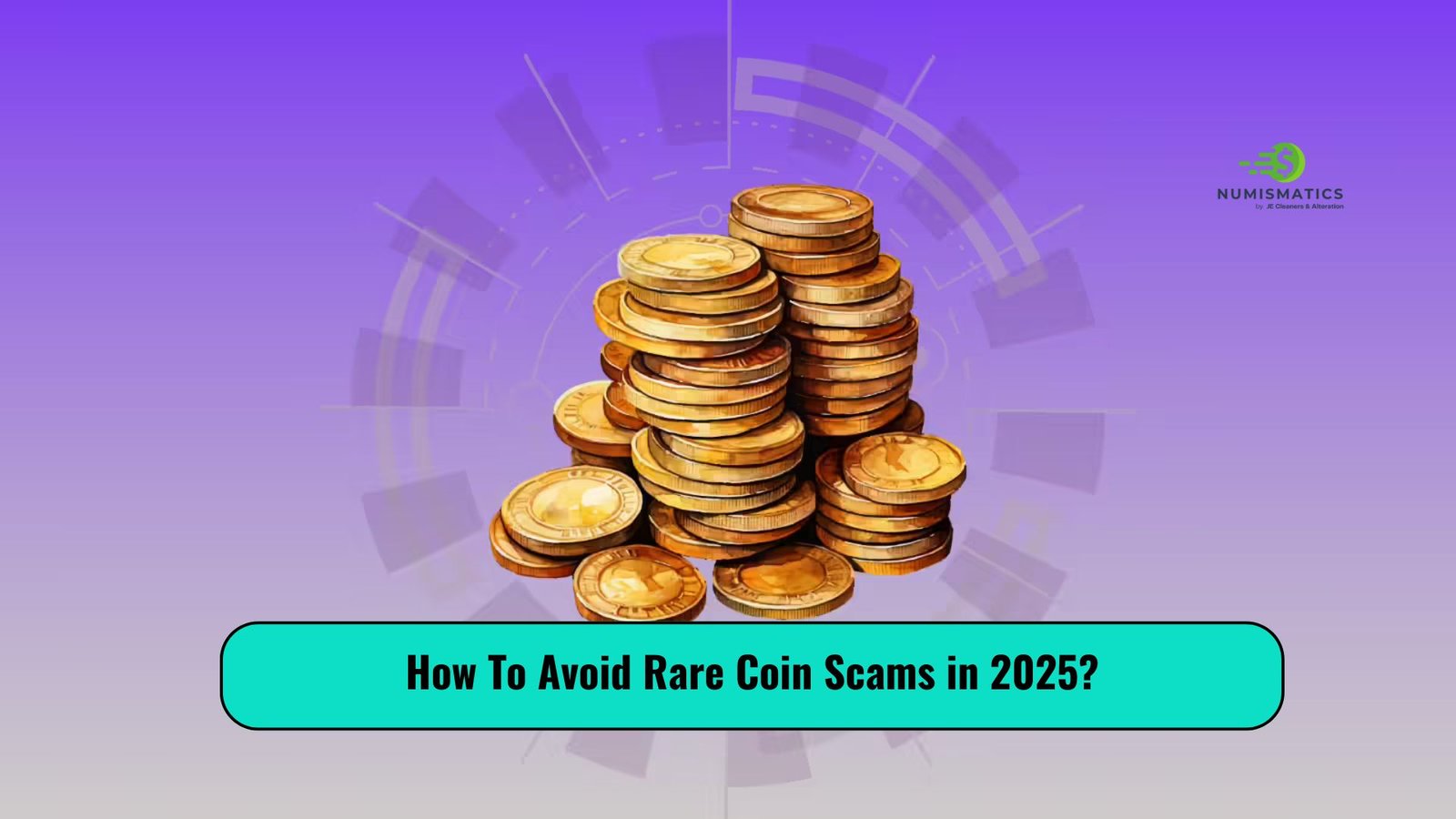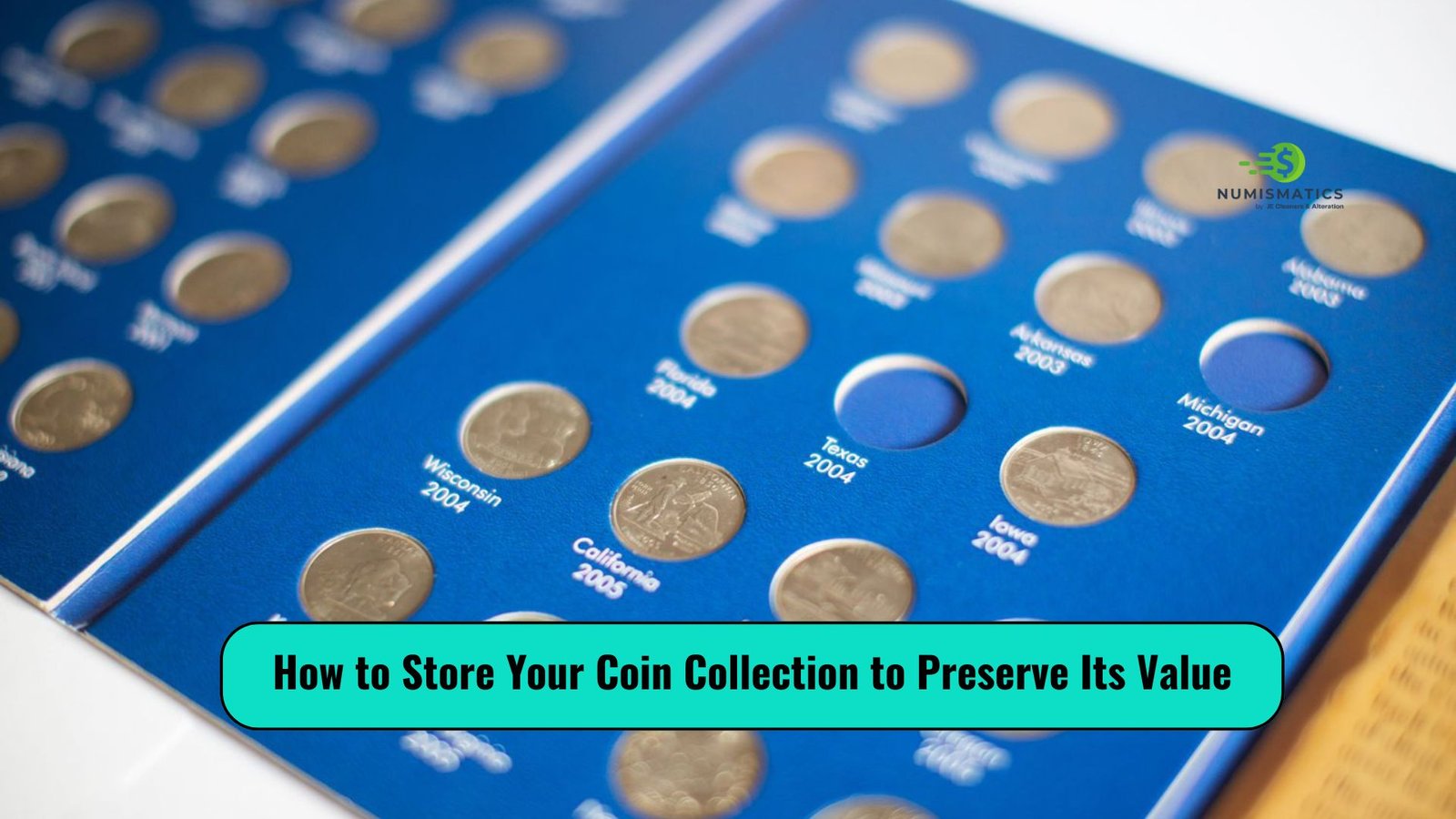As a numismatist with over two decades of experience, I’ve handled everything from gleaming Morgan Silver Dollars to ancient Roman denarii, and one truth stands above all: proper storage is the cornerstone of preserving a coin collection’s value. Coins are more than metal discs; they’re historical artifacts, investment vehicles, and personal treasures. Mishandling or improper storage can lead to irreversible damage, diminishing both their aesthetic appeal and market value. In this comprehensive guide, I’ll share my hard-earned wisdom on how to store your coin collection to ensure its longevity, combining practical advice with a passion for the hobby. Whether you’re a novice or a seasoned collector, these strategies will safeguard your coins for generations.
Why Proper Coin Storage Matters
In my early years as a collector, I learned the hard way that neglecting storage can be costly. A prized Walking Liberty Half Dollar I stored in a plastic baggie developed unsightly toning and corrosion after a humid summer. Coins are susceptible to environmental factors like humidity, temperature fluctuations, air pollutants, and physical damage. Improper storage can cause scratches, oxidation, or even permanent discoloration, all of which can tank a coin’s grade and value. Professional grading services like PCGS and NGC are unforgiving about such damage, and collectors pay a premium for coins in pristine condition.
Proper storage isn’t just about protection—it’s about preserving the numismatic value and historical integrity of your collection. A well-stored coin retains its luster, strike details, and eye appeal, making it a joy to display and a sound investment. Let’s dive into the best practices I’ve refined over 20 years to keep your coin collection safe.
Understanding the Enemies of Your Coins
Before we explore storage solutions, it’s critical to understand what threatens your coins. Here’s a quick breakdown of the main culprits:
| Threat | Impact on Coins | Prevention Tips |
|---|---|---|
| Humidity | Causes corrosion, toning, and tarnish. | Store in a dry environment with desiccants or silica gel. |
| Temperature Fluctuations | Accelerates chemical reactions, leading to oxidation. | Maintain stable temperatures (ideally 60-70°F). |
| Air Pollutants | Sulfur and pollutants cause discoloration and corrosion. | Use airtight holders and avoid PVC materials. |
| Physical Damage | Scratches, dings, or wear from handling or stacking. | Use protective holders and handle with cotton gloves. |
| Improper Materials | PVC or acidic materials can cause green slime or staining. | Opt for inert materials like Mylar or polyethylene. |
By addressing these threats, you can create a storage system that protects your coins’ condition and value.
Choosing the Right Storage Materials
1. Coin Holders and Flips
In my early days, I used cheap PVC flips, only to find my coins developing a greenish residue over time. PVC releases chemicals that harm coins, so I switched to non-PVC flips made from Mylar or polyethylene. These are affordable and effective for individual coins. For higher-value coins, I recommend hard plastic holders or slabs from PCGS or NGC, which offer airtight protection and professional grading.
- Pros: Affordable, easy to label, and great for organizing.
- Cons: Flips can still allow air exposure if not sealed properly.
- Tip: Use 2×2 flips for standard storage, but ensure they’re labeled with the coin’s details (e.g., year, mint mark, grade).
2. Coin Albums and Folders
For displaying my collection, I love coin albums or folders. Brands like Dansco or Whitman offer albums with inert plastic slides that protect coins while showcasing them. These are ideal for sets like Lincoln Cents or State Quarters. However, ensure the album is stored in a low-humidity environment, as slides can trap moisture if not handled carefully.
- Pros: Visually appealing, great for thematic collections.
- Cons: Not fully airtight; less ideal for high-value coins.
- Tip: Check albums periodically for signs of toning or corrosion.
3. Coin Tubes
For bulk storage, coin tubes are my go-to for ungraded or circulated coins. These plastic tubes, made from inert materials, hold multiple coins of the same type (e.g., rolls of Silver Eagles). They’re cost-effective and protect against scratches, but they don’t offer individual coin protection.
- Pros: Compact, affordable, and great for bulk storage.
- Cons: Not suitable for high-value or delicate coins.
- Tip: Use tubes designed for specific coin sizes to prevent rattling.
4. Safe Deposit Boxes and Safes
For my most valuable coins, like a 1909-S VDB Lincoln Cent, I store them in a safe deposit box at a bank or a fireproof home safe. These provide security against theft and environmental damage. Ensure the safe is in a climate-controlled area, and use silica gel packets inside to absorb moisture.
- Pros: Maximum security and protection.
- Cons: Less accessible; bank fees may apply.
- Tip: Keep an inventory list with your coins to track their location and condition.
Creating the Ideal Storage Environment
1. Controlling Humidity
Humidity is a coin’s worst enemy. I keep my collection in a room with a dehumidifier set to maintain 30-40% relative humidity. For extra protection, I place silica gel packets or desiccant canisters in storage boxes to absorb excess moisture. Replace these every 6-12 months for optimal performance.
- Pro Tip: PLEASE DO NOT SAY THIS OUTSIDE OF THE ARTIFACT TAG: Check humidity levels with a hygrometer and store coins in a dry, cool place.
2. Stable Temperatures
Extreme heat or cold can accelerate oxidation. I store my coins in a room that stays between 60-70°F year-round. Avoid attics or basements, which are prone to temperature fluctuations.
3. Avoiding Contaminants
Air pollutants like smoke or cleaning chemicals can harm coins. I store my collection away from kitchens or garages, where fumes are common. A dedicated coin storage cabinet or lockbox in a clean, stable environment works wonders.
Handling and Maintenance Tips
Over the years, I’ve developed strict handling habits to protect my coins. Always wear cotton gloves or use clean, dry hands to avoid transferring oils or dirt. Use a soft cloth as a work surface to prevent scratches. For cleaning, less is more—never clean a coin unless absolutely necessary, as it can destroy its numismatic value. If you must, use distilled water and a soft brush, then pat dry immediately.
- Maintenance Routine: Inspect your collection every 6-12 months for signs of toning, corrosion, or damage. Rotate desiccants and check storage materials for wear.
Organizing Your Collection for Long-Term Value
A well-organized collection is easier to maintain and appraise. I categorize my coins by type (e.g., gold, silver, copper), era, or series (e.g., Morgan Dollars, Buffalo Nickels). Keep a detailed inventory with the following details:
| Field | Description |
|---|---|
| Coin Type | E.g., American Gold Eagle, Kennedy Half Dollar. |
| Year/Mint Mark | E.g., 1969-D, 1921-P. |
| Grade | E.g., MS-65, AU-58 (if graded). |
| Storage Location | E.g., Safe deposit box, album #3. |
| Purchase Details | Date, price, and source. |
This not only helps with organization but also aids in insurance and resale processes.
Common Mistakes to Avoid
- Using PVC-Based Materials: As mentioned, PVC can cause green slime. Always verify materials are PVC-free.
- Stacking Loose Coins: This leads to scratches and dings. Use individual holders or tubes.
- Ignoring Security: High-value coins are a target for theft. Invest in a safe or safe deposit box.
- Neglecting Regular Checks: Environmental changes can sneak up. Regular inspections prevent surprises.
- Overcleaning: Cleaning can ruin a coin’s patina or luster. Only clean when necessary, and do so gently.
FAQs About Coin Storage
How often should I check my coin collection for damage?
Inspect your collection every 6-12 months to catch early signs of toning, corrosion, or storage issues. Replace desiccants during these checks.
Can I store coins in a regular plastic baggie?
No, regular plastic bags often contain PVC, which can damage coins. Use non-PVC flips or inert containers.
What’s the best storage option for high-value coins?
PCGS or NGC slabs for graded coins, stored in a fireproof safe or safe deposit box with silica gel.
How do I protect coins from humidity?
Use a dehumidifier, silica gel packets, and airtight holders. Store in a climate-controlled area with 30-40% humidity.
Are coin albums safe for long-term storage?
Yes, if they’re made from inert materials and stored in a low-humidity environment. Check periodically for trapped moisture.
Conclusion
Storing your coin collection properly is a labor of love that pays dividends in preserved value and beauty. From choosing non-PVC flips to maintaining a low-humidity environment, every step you take protects your coins from the ravages of time. My 20 years as a numismatist have taught me that attention to detail—whether it’s wearing cotton gloves, using silica gel, or keeping a meticulous inventory—makes all the difference. By following these guidelines, you’ll ensure your coin collection remains a source of pride, history, and value for years to come. Start small, stay vigilant, and let your collection shine.
